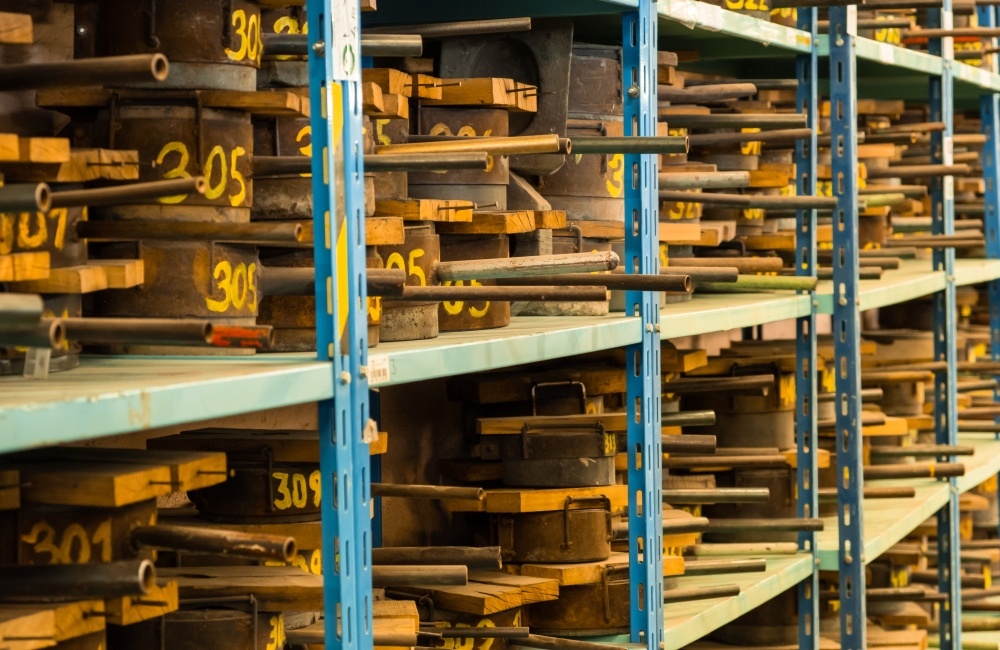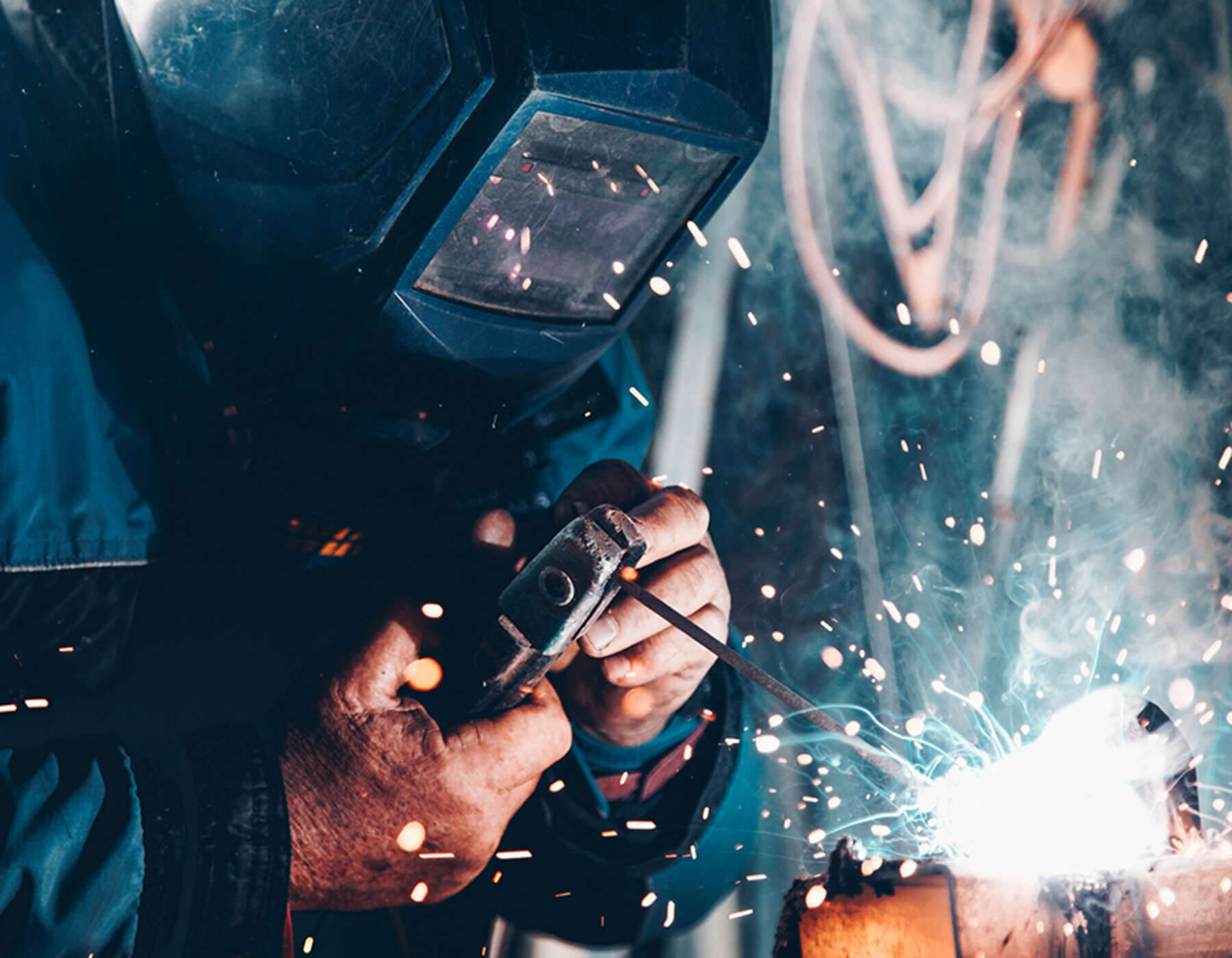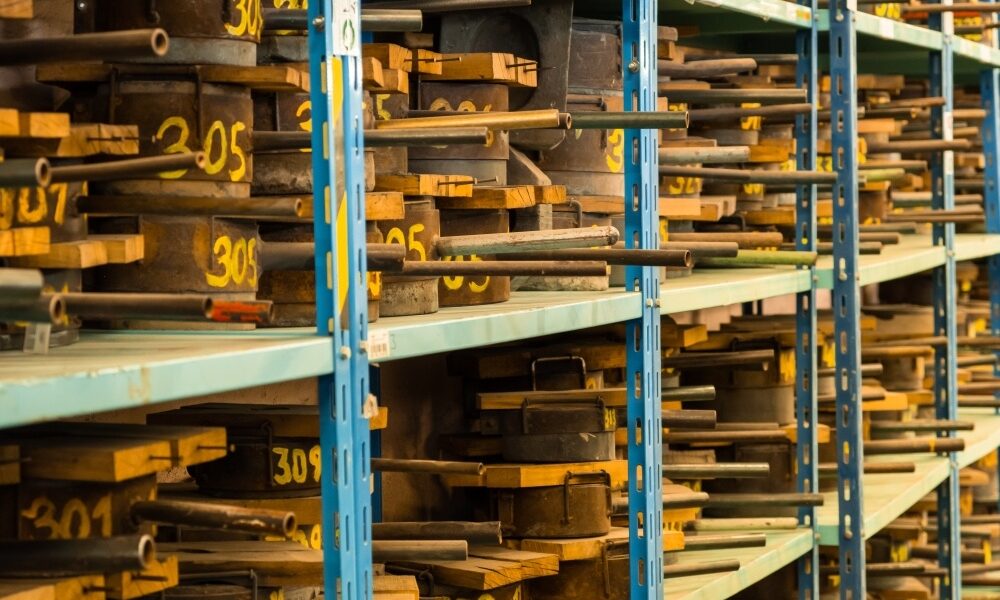
You know your project. You have your specs in place. But do you know the different grades of steel, and really, does it matter?
Firstly, 100% choosing the right steel for your project DOES matter.
Secondly, the type of steel you choose will ultimately be determined by the requirements of your project, for example, what external elements it will be up against, whether it requires further fabrication such as cutting and welding, etc.
As steel is categorised based on its chemical and physical properties, your chosen metal steel fabricator can advise on the best steel for your project and industry.
To help further, in this post, we identify the most popular types of steel grades and their uses.
Different steel-grades
Grading of materials is a way that allows us to categorise steel based on their makeup of elements, the benefits they bring, and how they have been manufactured, i.e., their heat treatment process.
There are two main grading systems in place:
The ASTM grading system assigns metals with a letter followed by a series of numbers that match the metal’s specific properties.
The SAE grading system is a four-digit number with the first two numbers corresponding to the steel type and concentration alloy element and the last two corresponding to the metal’s carbon content.
Steel grading is vitally important in verifying the quality and consistency of materials and ensuring the right metals are used within the right applications.
To find out more on how to choose the right steel grade for your application, check out our latest blog online now.
What are different grades of steel?
Carbon Steel
One of the most popular types of steel is Carbon steel, which makes up around 90% of steel production. Carbon steel is manufactured in large quantities as it is inexpensive and strong enough for large-scale construction.
With a carbon range of between 0.04% and 1.5%, you will find three main categories of carbon steel:
Low/mild carbon steel – this material has a carbon content ranging from 0.04% to 0.30%. Low carbon is an extremely cost-effective material, highly machinable, easy for metal fabricators to work with, and has high ductility. You will find mild to low carbon steel used in tubing, wiring, machinery within consumer appliances, automotive components, and more.
Medium carbon steel – has a carbon content ranging from 0.30% to 0.60%. This material will offer you a medium level of strength and ductility, and it is heat-treatable and has low hardenability, making it suitable for equipment such as axles and gears within the automotive industry.
High-carbon steel – has a carbon range from 0.60% to 1.50%, providing users with high strength, hardness, low ductility, and low machinability. This type of steel grade will typically be found in railways, tooling, used for steel bars, etc.
Note: Most carbon steel is often run through the galvanising process to provide the material with rust and corrosion resistance.
Stainless Steel
Stainless steel is a great choice if you require corrosion and staining resistance, as stainless steel contains 10.5% chromium, which provides a protective layer over the metal, protecting it from the oxidisation process that causes rust.
Stainless steel is also extremely user-friendly as it is easily formed, corrosion resistant, will provide high tensile strength, and supports a reduction in your carbon footprint as this material is incredibly eco-friendly.
Within this category of steel, the types of stainless steel you may encounter include:
- Duplex
- Austenitic
- Precipitation Hardened
- Martensitic
- Ferritic.
Stainless steel is the perfect grade of steel for equipment within the food industry, for surgical equipment, aerospace components, automotive fittings, and more. It is also suitable for use within electrical equipment as specific grades help to keep electrical material out of harm’s way.
Alloy Steel
When we look into the various grades of steel types, alloy steel is often overlooked but vitally important.
A material that combines elements such as chromium, manganese, copper, aluminium, silicon, molybdenum, and nickel, alloy steel is incredibly strong, resistant to corrosion and heat, and has a high level of hardness.
A metal that is most suited for the aerospace industry but is used by other sectors where the project demands.
Tool Steel
There are various types of steel grades within tool steel, as the levels of chromium, tungsten, vanadium, and molybdenum that make up the material can vary depending on requirements.
However, tool steel is a material that will continuously provide you with hardness and wear resistance, making it suitable for a range of extreme environments. It is also heat resistant and durable enough to retain its shape even when heavy loads are applied.
It is also a suitable choice of metal for applications that require further metal fabrication work, such as cutting, extruding, and moulding.
What are the different grades of steel, and finding the right one for you
With over 3,000 various types of steel grades to choose from, the team at
Morfabrication can help. Working with you to find the most suitable steel type for your project, we provide solutions that meet your exact requirements without compromising quality.
Offering the highest grades of steel to provide you with quality, durability, and long lifespans; for the right steel for your project, call 0191 816 2718 or email your enquiry to info@morfabrication.com.

